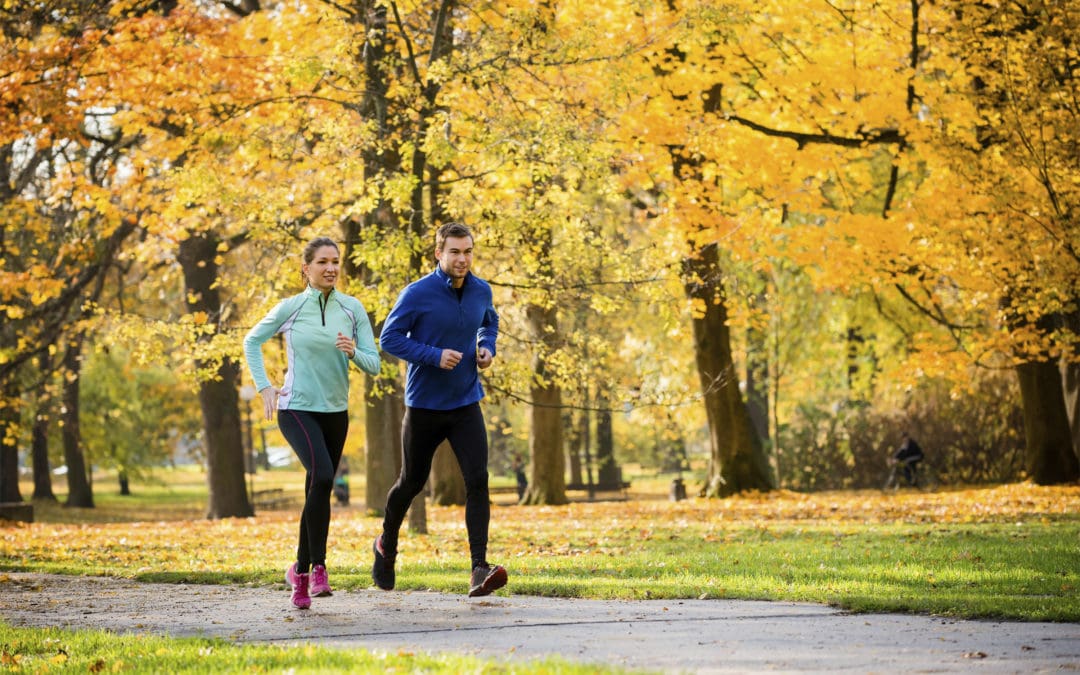Love it or hate it, exercise makes a significant impact on health. Exercising and maintaining proper weight have a lot to do with the chemical environment within our joints, but can exercise positively change the makeup of the platelet-rich plasma (PRP) used to treat those joints? With no published studies on the subject, a research team in Qatar put together a study to determine if exercise changes platelet growth factors in PRP.
Growth factors found in blood platelets are the active ingredient in PRP, much like caffeine is the active ingredient in coffee. It’s the growth factors that stimulate the local stem cells to wake up and do their job. There are insulin-like growth factors (IGFs), hepatocyte growth factors (HGFs), platelet-derived growth factors (PDGFs), and vascular endothelial growth factors (VEGFs)—to name a few. Each of these growth factors does different things, but they all work together to stimulate healing. In the body, this system kicks into gear when we bleed, activating the platelets to clot the area and prompting them to begin pumping out these and other growth factors. This is why doctors have begun to use PRP to amp up healing in an area that hasn’t been able to heal on its own.
The study, first published June 15, 2013, in the British Journal of Sports Medicine, looked at 10 healthy subjects who performed an hour of moderate exercise and had their blood drawn immediately before, immediately after, and 18 hours after. PRP was made from each of the blood samples, and the growth factor content of the platelets was analyzed. Results showed that exercise significantly impacts platelet-derived growth factors in PRP by significantly reducing the concentrations of VEGF and PDFG-AB. Concentrations of IGF1 and HGF were unchanged.
Does it make sense that the concentration of two of the growth factors in platelets would go down? Homeostasis is likely at play. VEGF is responsible in the body for making new blood vessels. It may go down to offset the fact that exercise itself produces more blood vessels in tissue. PDGF has in part the same function, so its being down likely is for the same reason. PDGF also is a potent stimulator of cell division—as is exercise—so again this may be the body working hard to balance the repair response. In addition, a growth factor only works with a receptor on a cell, and it could be that exercise increases the number of those receptors, requiring less growth factor to get the same level of cell stimulation.
Growth factors are incredible things. The body wants higher concentrations of certain ones and lower concentrations of others. Growth-factor concentrations have been extensively tested in many types of platelet preparations, including various types of super-concentrated PRP and lysates. Age has a big effect on declining overall growth factors. On the other hand, there’s evidence that older patients have more receptors on cells leading to a greater stem-cell response to growth factors. While a drop in certain growth factors with exercise might seem counterintuitive, it may just be the body’s way to offset cells that work better when the “caffeine” of the body comes knocking.
“Exercise Changes Platelet Growth Factors” first appeared as a post on the Regenexx blog.
